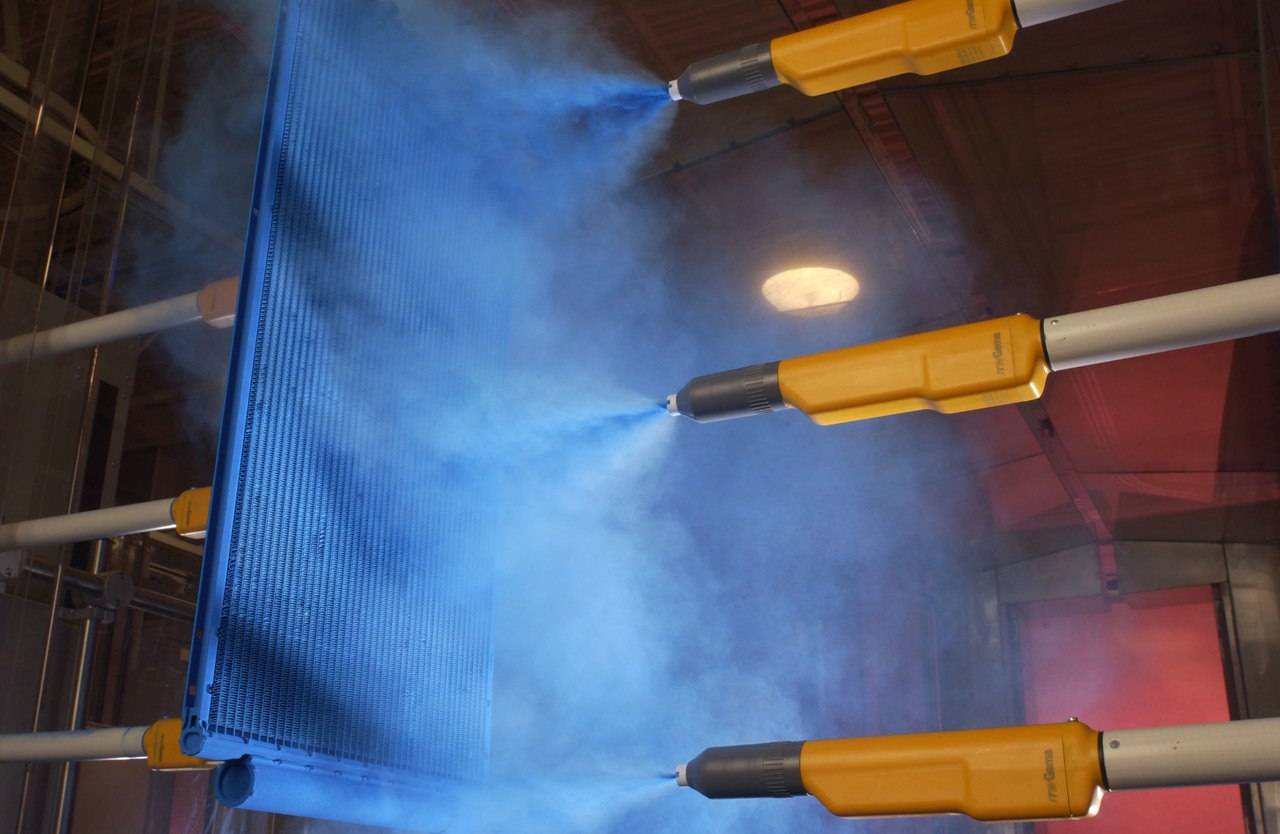Understanding the Role of Powder Coating in Corrosion Protection

In the relentless fight against metal corrosion, one hero stands out for its efficacy, durability, and eco-friendliness: powder coating. This modern technique not only offers an aesthetic finish but also provides a formidable barrier against the elements, ensuring the long-term integrity of metal products. Let’s delve into the specifics of how powder coating plays a pivotal role in corrosion protection, exploring its principles, mechanisms, and the crucial role of technology in its application.
Principles of Powder Coating Application
Powder coating emerges as a formidable force in the arena of surface treatments, offering a durable, efficient, and eco-friendly alternative to traditional liquid paints. At its core, the application process involves electrostatically charging powder particles, which are then sprayed onto the surface to be coated. Following application, these particles adhere to the surface, awaiting the curing process. This method not only ensures a uniform layer but also minimizes waste, making it a preferred choice for those seeking both aesthetic appeal and environmental stewardship.
Protective Mechanisms of Powder Coatings Against Corrosion
Diving deeper, the essence of powder coatings in battling corrosion lies in their ability to form a protective barrier that shields the underlying metal from corrosive elements such as moisture, chemicals, and salt. This barrier is impermeable, preventing corrosive agents from reaching the metal surface. Furthermore, certain powder coatings are formulated with corrosion inhibitors, offering an additional layer of protection. This dual-action mechanism significantly extends the lifespan of the coated item, maintaining its integrity and appearance.
Impact of Powder Coating Thickness on Corrosion Resistance
Thickness plays a pivotal role in the efficacy of powder coatings against corrosion. It’s a balancing act; too thin, the coating may not fully cover the surface or offer adequate protection. Conversely, excessively thick coatings can lead to issues such as sagging or cracking, which could compromise the coating’s integrity. Achieving the optimal thickness is crucial for maximizing corrosion resistance, making it essential for applicators to adhere to specified guidelines to ensure long-term durability.
Role of Powder Coating Ovens in Ensuring Uniform Application
Enter the realm of powder coating ovens, the unsung heroes ensuring the uniformity and durability of powder coatings. Post-application, coated items are transferred to these ovens, where they are exposed to high temperatures. This process, known as curing, melts the powder into a smooth, continuous film that adheres firmly to the surface. Powder coating ovens play a critical role in this stage, providing the consistent temperatures needed to achieve a flawless finish and optimum corrosion resistance.
Industrial Oven Technology for Curing Powder Coatings
Advancements in industrial oven technology have significantly enhanced the curing process of powder coatings. Modern industrial ovens boast precise temperature control, efficient energy use, and uniform heat distribution, ensuring that coatings cure evenly and attain their maximum protective capabilities. These technological innovations not only improve the quality of the finish but also contribute to the sustainability of the process by reducing energy consumption and increasing throughput.
Long-Term Durability and Maintenance Considerations for Powder Coated Surfaces
The long-term performance of powder-coated surfaces is remarkable, offering years of protection with minimal maintenance. However, to maintain their efficacy, regular inspections and cleaning are recommended. Simple actions, such as removing debris and washing the surface with mild detergents, can prevent the buildup of potentially damaging substances. Moreover, being mindful of the environmental conditions to which the coated item is exposed can help in anticipating and mitigating potential issues, ensuring that the benefits of powder coating continue long into the future.
In conclusion, the role of powder coating in corrosion protection cannot be overstated. From its application principles to the technology behind curing ovens, each element plays a vital part in delivering a finish that combines aesthetic appeal with exceptional durability. As we continue to witness advancements in this field, the importance of understanding and utilizing these techniques correctly becomes increasingly significant, ensuring that industries can benefit from the protective power of powder coating for years to come.


